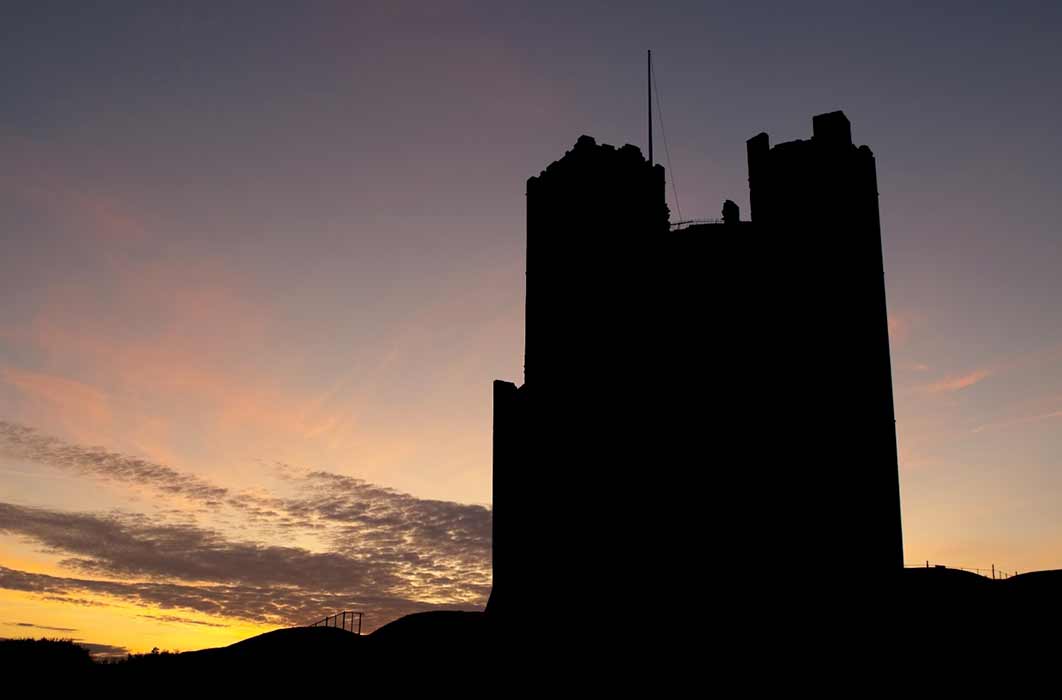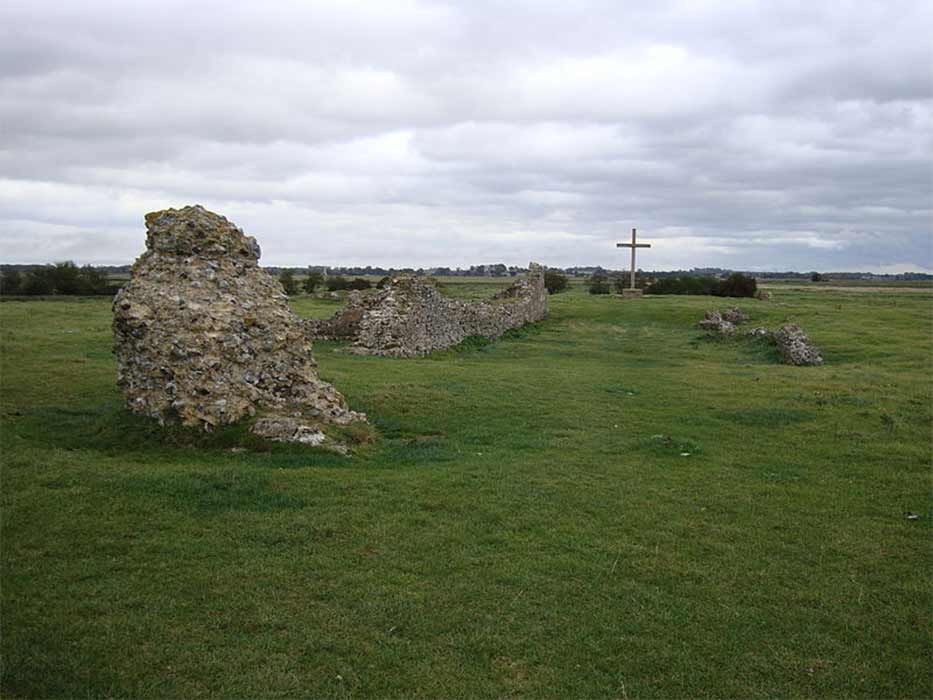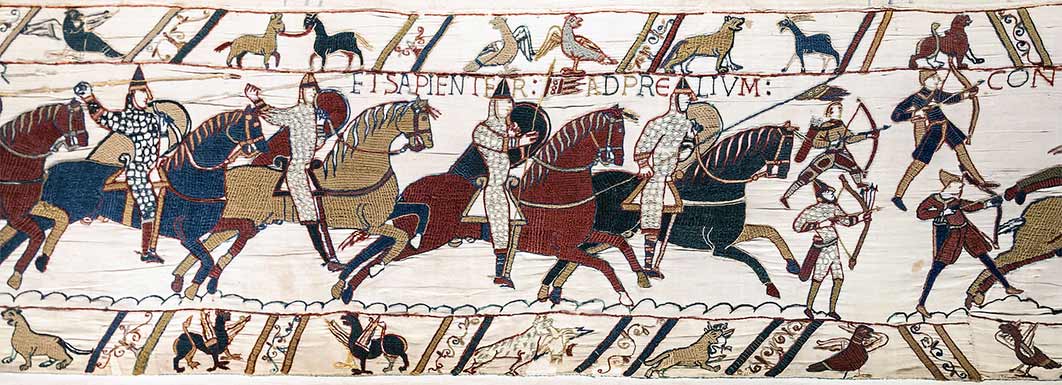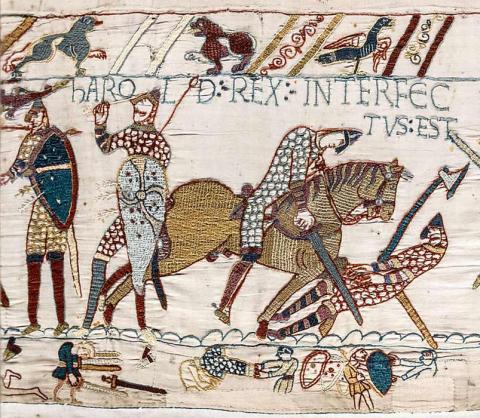
Shuckland: Where Legends Haunt The Landscape
Shuckland encompasses haunted landscapes where legends, folklore, history and even tales of villains and heroes (but mainly villains) seemed to permeate the very fabric of the place and imprint their presence on the terrain. The location, East Anglia – the counties of Norfolk and Suffolk – is a liminal place, midway between the land and the sea, the earth and the sky, the present day and over 800,000 years of human history. Flint, sand, clay, clunch and carstone edging against brooks, rivers, meres, broads, estuaries and the ocean and big skies pierced only by Medieval towers – this is where England began.

Remains of St Benet’s Abbey church nave, looking toward the high altar (JohnArmagh/ CC BY-SA 3.0)
The Treacherous Monk Of St Benet’s Abbey
A traveler would set out from the source of the Waveney (a distinctly uninspiring ditch) down to the sea and nowhere is this more evident than at St Benet’s Abbey on the Norfolk Broads. Although the abbey has been reduced to little more than a ruined Medieval gateway, into which an enterprising farmer inserted a red brick windmill, now also ruined, some 700 years later, one cannot help but shudder upon hearing the fate of the treacherous monk who sold out his colleagues to the invading Normans in the months after the Battle of Hastings in 1066.

Norman knights and archers at the Battle of Hastings, as depicted in the Bayeux Tapestry (Public Domain)
The story goes that although William of Normandy (better known as William the Conqueror) had been crowned King of England on Christmas Day 1066, many parts of England were still resisting Norman rule. This included East Anglia, where one of the leading churchmen, Ethelwold, the abbot of St Benet’s, had been put in command of the naval and military defence of the East Coast by Harold Godwinson, the last Saxon king of England.
By the early spring of 1067, King Harold had been dead six months (killed by the arrow that hit him in the eye during the Battle of Hastings) leaving Ethelwold and his followers holed up in the isolated but seemingly impregnable island fortress of St Benet’s Abbey, in what is now the carefully tended Norfolk Broads but was then just a maze of rivers, meres, wide tidal estuaries, mud banks and salt marshes accessible only by boat or across a long narrow causeway from Horning.

Harold's death depicted in the Bayeux Tapestry, reflecting the tradition that Harold was killed by an arrow in the eye. (Public Domain)




